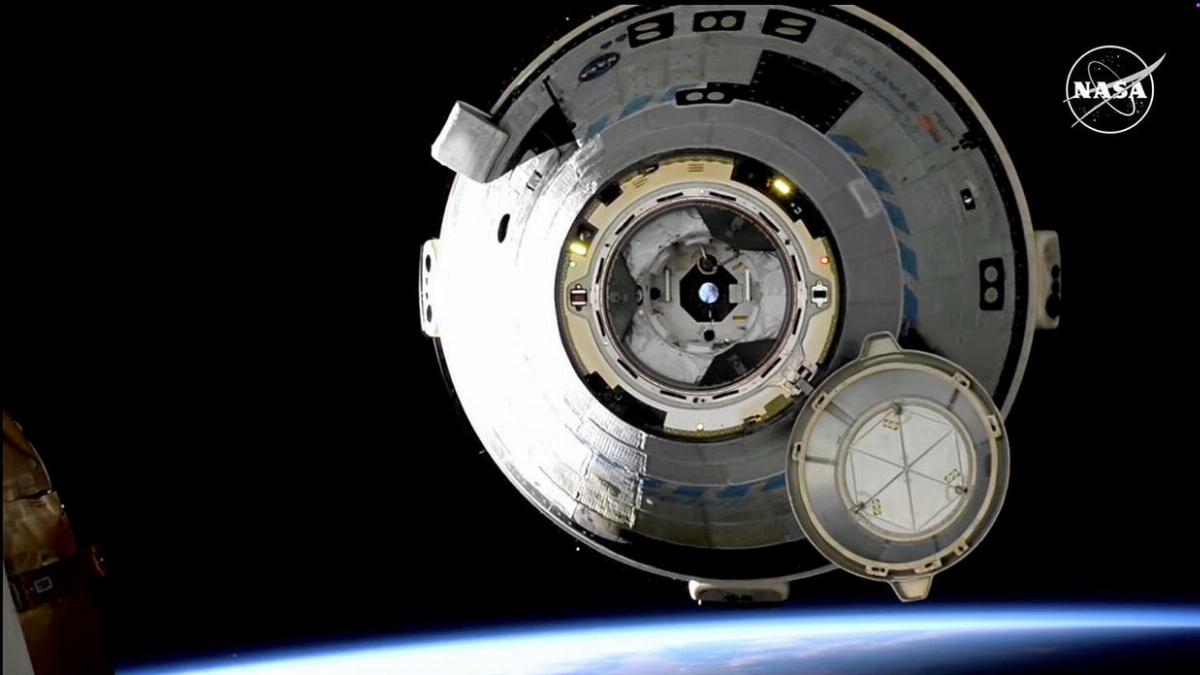
Boeing Starliner Returns Safely to Earth, but Technical Issues Delay Crewed Flight
Boeing's Starliner capsule returned to Earth on Friday, September 6, after nearly three months at the International Space Station (ISS). Initially expected to bring NASA astronauts Butch Wilmore and Suni Williams back, the spacecraft flew uncrewed due to unresolved technical issues. The astronauts will remain on the ISS and return on a SpaceX capsule in 2025.
The Starliner undocked from the ISS at 6 p.m. ET, free-flying for six hours before landing at 12:01 a.m. ET on September 7 in White Sands Space Harbor, New Mexico. This marked the first time a U.S. spacecraft landed on solid ground rather than in the ocean. The spacecraft, nicknamed "Calypso" by Williams, successfully navigated the critical reentry phase, enduring temperatures exceeding 3,000°F.
Both NASA and Boeing praised the mission's success, but the flight was overshadowed by technical problems that surfaced earlier. A series of helium leaks, which affected thrusters crucial for the spacecraft's orientation, caused delays before launch. Additionally, five of the Starliner's 28 reaction control system (RCS) thrusters malfunctioned during the journey to the ISS. While four thrusters were recovered, one remained out of service throughout the mission.
NASA extended the astronauts’ stay on the ISS from the planned eight days to several months due to these issues. Engineers believed the thrusters overheated, distorting seals and restricting propellant flow. Helium leaks were also attributed to degraded seals caused by exposure to vapor. Without the ability to inspect the spacecraft in space, NASA decided it was too risky to return the astronauts on the Starliner.
Steve Stich, NASA's Commercial Crew Program manager, stated that, while the capsule’s landing was near flawless, the choice to return without crew was made out of caution. NASA and Boeing differed in risk assessment, with Boeing confident in a crewed return, but NASA ultimately made the call to prioritize safety.
Looking forward, the Starliner’s future remains uncertain. This mission's success helps restore confidence in the program, but NASA will need to analyze data before clearing the capsule for another crewed mission. Boeing has faced delays, including a failed test flight in 2019, and while the current mission succeeded in its primary objective, the company must resolve lingering issues before the Starliner can play a consistent role in NASA’s crewed spaceflight program.
Wilmore and Williams will remain on the ISS until 2025, and NASA and Boeing will continue evaluating the Starliner's performance to determine the next steps.







